Do you have your Black History Month activities lined up for your February lesson plans yet? Wondering how to teach about Black history in a way that’s meaningful and appropriate?
February may be the shortest month of the year, but it’s one that you can pack with important lessons about our nation’s shameful history of slavery and segregation and the triumphant stories of Black Americans who led the Civil Rights movement in a fight for a more equitable society. Not sure where to get started?
The teacher team at Teach Starter has got you covered! We’ve compiled some of our favorite Black History Month activities and ideas for teachers in elementary school and middle school to help you make this month’s lessons more impactful.
Read on to find out how to strike just the right tone in the classroom this February with virtual field trip ideas, read-alouds, lesson plans and activities for kids that aren’t just appropriate but also reflective of the Black experience and Black Americans’ huge role in the history of our nation. We’ve even added some free printables to the list!
Black History Month Do’s and Don’ts for Teachers
Maybe you feel you’ve already got a handle on this as a culturally responsive teacher, and if so, bravo! You clearly are doing something right, and we applaud an inclusive and diverse approach to teaching. Feel free to skip right to the activities.
Still feeling a little trepidatious? That’s OK, too. It means you care to make sure you get this right – during Black History Month and throughout the school year. So let’s go over a few quick tips before we dig into the activities.
Don’t Treat Black History as the Past
While Black history is, well, history, it’s important not to put some rose-colored glasses “this happened a long, long time” ago focus on Black History. For example, we only saw the first Black American president in 2008 and the first Black American vice president in 2020, and the fight for equality is ongoing.
Do Address That Black History Is American History
The month may be called Black History Month, but what you are teaching is really American history. It’s important that white students understand that this is part of their history as well, and not just something for Black classmates to care about.
Don’t Single Out Black Students
Some Black students may come to you and ask to share stories of their cultural heritage, and that’s OK, but Black students should never be forced to represent their race for the sake of teaching white classmates.
Do Take Time to Evaluate Your Teaching As a Whole
No, we’re not looking to attack anyone here. But we’re more than halfway through the school year (the 100th Day of School is typically around now), and it’s a good time to reflect back on the past few months of the school year.
Is Black History Month the first time you’ve talked about Black Americans in your classroom? Have you read a book featuring Black children or adults this school year? Some 7.4 million American public school students are Black, and another 2.2 million are biracial. These students deserve to see themselves in the books read in their classroom, the stories told, and the history taught … all year round.
If you haven’t been doing that all year, don’t panic. You have recognized it, and now’s a great time to make adjustments.
Black History Month Activities for Kids
Looking for specific activities for your classroom? From read-alongs and teaching slides about Black history to biography projects about Black Americans, here is a range of Black History Month activities for kids that can be done with children from pre-K on up through upper elementary school.
1. Write About Famous Quotes From Black Americans
Looking for a way to incorporate Black History Month into your ELA lesson plans? One teacher on our team likes to highlight individual Black Americans throughout the month, using some of their inspirational quotes to get her students thinking critically.
She posts that person’s quote on her whiteboard in the morning for students to read, then shares a read-aloud story about that individual. Students then write a paragraph, explaining what they think the person’s quote means.
To get you started, here are some great read-alouds focused on individual Black Americans who have made an enormous impact on our society, along with a famous quote from each:
1. Booker T. Washington
- Read-Aloud —Fifty Cents and a Dream: Young Booker T. Washington by Jabari Asim
- Quote —”Success is to be measured not so much by the position that one has reached in life as by the obstacles which he has overcome.”
2. Ruby Bridges
- Read-Aloud — I Am Ruby Bridges by Ruby Bridges
- Quote —”Racism is a grown-up disease, and we must stop using our children to spread it.”
3. Bessie Coleman
- Read-Aloud —Flying Free: How Bessie Coleman’s Dreams Took Flight by Karyn Parsons
- Quote —”The air is the only place free from prejudices.”

2. Set Up a Door Decorating Contest
Challenge the other teachers on your grade level (or maybe even your hall) to a classroom door decorating contest that honors Black History Month, and get your students involved in the process.
While their level of involvement will quite obviously depend on the grade level you teach, there’s plenty kids can do, from voting on a theme for a door decorating contest, planning out the door decor to actually decorating. If you’re teaching younger kids, decorating might fall on your shoulders, but you can use your students’ work to decorate — making your Black History Month door a means to celebrate their learning.
3. Study the Civil Rights Movement & Segregation
Help older kids demonstrate their understanding of the Civil Rights leaders who helped put an end to racist segregationist laws and important moments in the fight for equal rights by creating brochures about some of the most influential figures and moments during the Civil Rights Movement. Students can work in groups or create their brochures individually, working to find information from multiple sources.
Some of the topics kids can cover include:
- The 14th Amendment
- Jim Crow Laws
- Brown vs. Board of Education – Ruby Bridges
- Montgomery Bus Boycott – Rosa Parks
- March on Washington – Martin Luther King, Jr.
- The Civil Rights Act
4. Take Virtual Field Trips
Are you looking to take a February field trip to explore Black history? You don’t have to leave the school — or even the classroom — with a virtual field trip. Here are a few favorite trips that focus on different elements of Black history:
- Virtual Harlem — Explore New York City’s Harlem during the days of the Harlem Renaissance with a virtual look at the Jazz Age. This free field trip includes famous musicians like Duke Ellington and Billie Holiday, as well as a host of different Black painters and sculptors.
- Slavery and Making of America Museum — This is a virtual museum created with donations from a number of members of the Association of African-American Museums. The free “field trip” includes resources for kids to make their own virtual museum exhibits.
- New York Public Library — One of America’s biggest libraries offers virtual exhibits from the Schomburg Center for Research in Black Culture in Harlem. They are free to browse and introduce kids to historic figures from Nat Turner to Emmett Till.
5. Get to Know Local Black Americans
Biography projects are a classic Black History Month activity, and there are plenty of amazing Black Americans to add to your list of subjects. But if you’re looking for a fresh take, why not refocus your biography projects more locally?
Challenge students to research Black leaders, artists, musicians and so on from your own community?
6. Read Books With Black Protagonists
Does your classroom library reflect the faces of the children in your classroom and the people in your community? These powerful books are perfect to use in the classroom to celebrate Black authors and Black stories.

- I Am Enough by Grace Byers – This beautiful story from Grace Byers is all about loving who you are, respecting others, and being kind to each other.
- Skin Like Mine by Latashia M. Perry – Latashia gives us a heartfelt story about appreciating everyone regardless of their skin color. This is a lighthearted way of breaking down the barrier when talking about different skin tones and loving the body you were given!
- Teammates by Peter Golenbock – Peter Golenbock brings us the moving story about Jackie Robinson and part of his journey on becoming the first Black Major League baseball player.
- The Other Side by Jacqueline Woodson – Jacqueline tells us a story of two young girls – one black and one white – who, despite the barrier of a fence and the ‘grown-ups’, manage to develop a strong friendship.
For more books to add to your library, check out Marley Dias’ expansive list of 1,000 Black Girl Books featuring Black girls front and center. Dias was just 11 when she created the #1000BlackGirlBooks drive, collecting books for schools while also bringing attention to the importance of including Black girls in literature and the lack of diversity in children’s books.
Consider using Dias’ story and her book Marley Dias Gets It Done as a prompt for your young writers.
- What lesson did they learn from Marley?
- What is something they can do in their own communities to be like her?
Teaching middle school? Check out Schomburg’s Black Liberation List for Young Readers from the New York Public Library for book ideas for your older students!
7. Create Timelines of Important Moments in Black History
Are you thinking of assigning a timeline activity for students to explore some of the most important events and figures in Black history?
Timeline activities can help kids learn about the order and sequence of events in history, as well as the cause-and-effect relationships between them. They also help kids learn about different time periods and historical figures, and develop critical thinking and problem-solving skills by analyzing and interpreting historical information.
Timeline activities can help children develop their organizational and research skills by gathering and arranging historical information in a logical and coherent way.
8. Read Up With Comprehension Worksheets
It doesn’t have to be Black History Month for your comprehension worksheets to be inclusive and show representation of important Black Americans, but February is a great time to start adding these to the rotation.
Work on students’ understanding of the main ideas, characters, events, and details in a text with a focus on Black Americans who have made an impact on our country’s history.
Not only will students boost their ability to identify important information, make inferences, and understand the relationships between characters and events in a story, they’ll have a better understanding of some of the Black figures throughout history.
Explore more printables about famous historical figures in American history!
9. Dive Into Diversity and Inclusion Vocabulary
Black History Month is a good time to introduce students to vocabulary around diversity and inclusion and discuss what it means to put these words into practice in our everyday lives. Some key vocabulary terms you can discuss include:
- Compassion
- Inclusiveness
- Respect
- Racism
- Prejudice
- Empathy
- Diversity
- Culture
- Belonging
- Equity
- Equality
Use the Everyone Belongs Vocabulary Flip Book template with your students to discuss vocabulary associated with diversity and equality.
10. Celebrate Black Joy With Cultural Activities
Black History Month lessons are often focused on slavery, segregation and the suffering of Black Americans throughout history. We certainly aren’t suggesting you ignore teaching these important lessons, however they are only part of the story of Black America. Take time to focus on Black joy in some of your activities!
Consider looking at other elements of Black History, such as Black music, Black art or Black writers this month. Many of the ideas on this activities list can be completed through this lens, and you may call on people in your own community to supplement.
Do you have an Afro-Caribbean restaurant in your community? Invite their chef to speak to your class about their cuisine. Is there a Black author in your town? Ask them to stop in to talk about their work!
Are you a white educator looking to learn more about what Black joy means? This look at Black joy from writer Chanté Joseph is an excellent read!
Black History Month Craft Activities
Some students learn and express themselves better artistically. Having a craft activity to incorporate into your Black History Month activities is a fantastic way to reflect on learning with your students. Here are a few simple craft ideas for your lesson planning.
1. Create Diversity Hearts
Art teacher Cassie Stephens (@cassie_stephenz) shared this heartwarming diversity activity with our teacher team back in June 2020, but it’s just as meaningful today. Stephens wanted to help her students see that all people are worthy of kindness, acceptance, empathy and love.
See the full tutorial, including a video — Diversity Heart Art Activity.

2. Complete An Everyone Belongs Hand Activity (FREE Download)
Use our free Diversity Craft Templates to create a visual representation of your class and for students to write down their hopes and dreams for the world.
3. Create A Classroom Hands Banner
Building on the hands theme from above, this diversity-focused craft reminds students that we all may be different, but the end result is beautiful.
Provide students with a variety of paper items — old magazines, wrapping paper, newspaper, etc. — to create their own colorful hands for a classroom banner. Students should trace their hand on the paper of their choosing, then cut out their hand.
All the hands can then be attached to a piece of string to show off the many colors of your classroom.






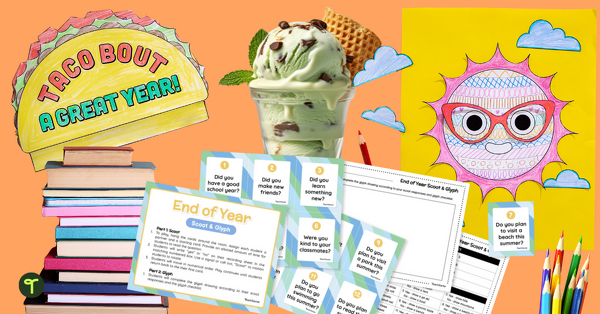
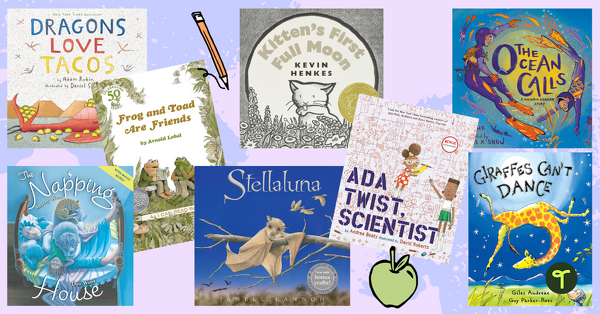

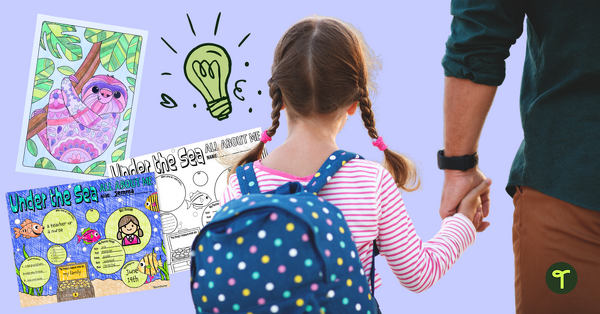
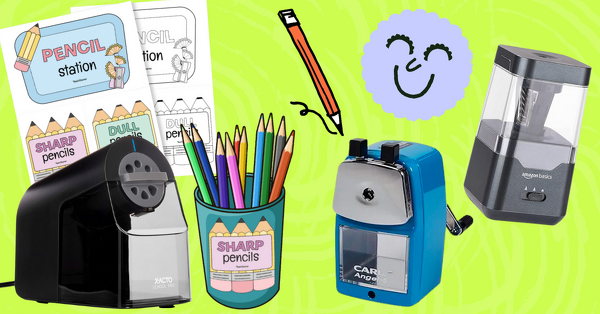
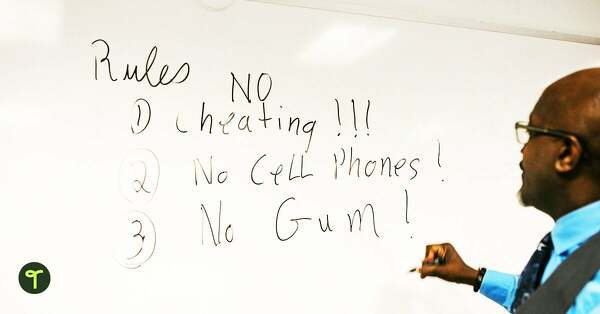
Comments